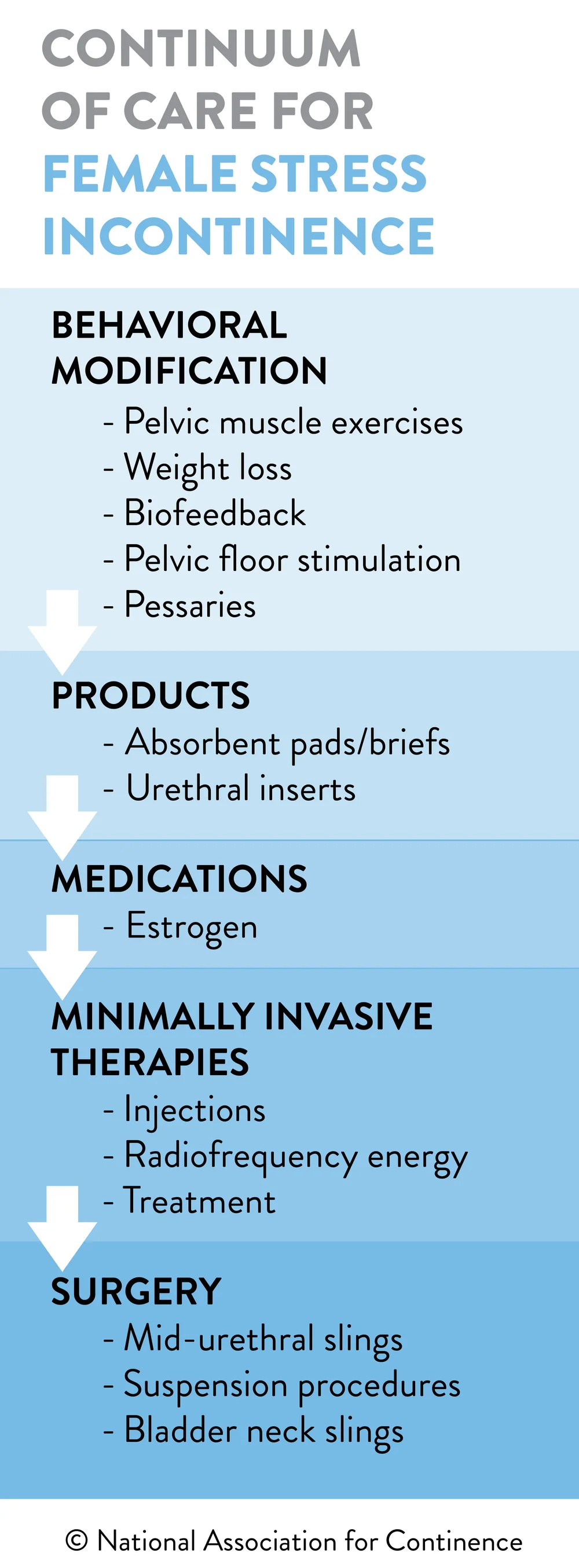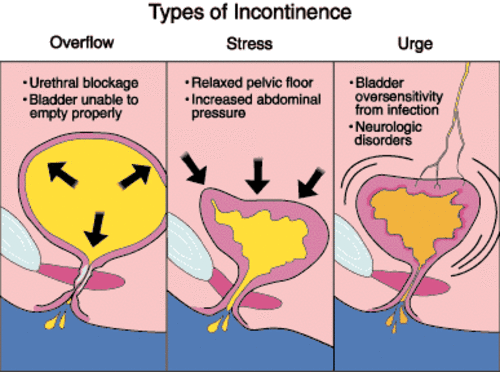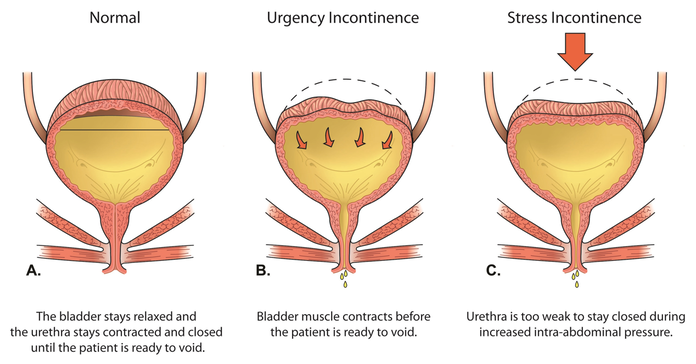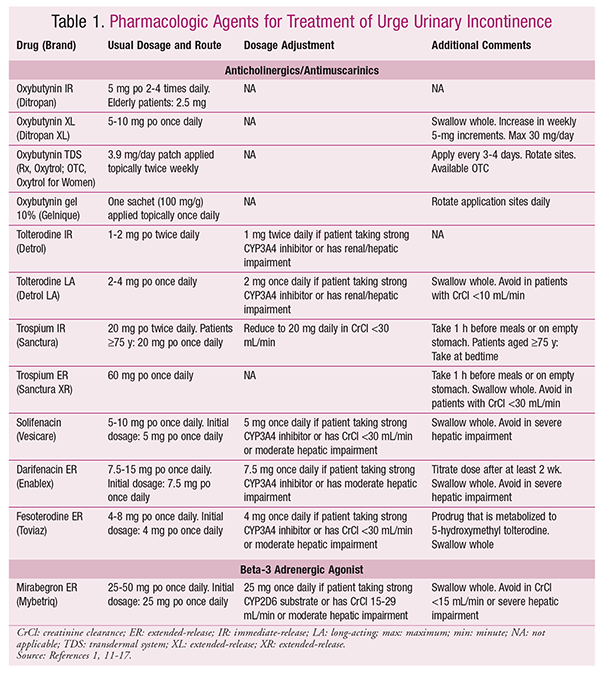Who Else Wants Info About How To Prevent Stress Incontinence

You might want to cut back on your overall fluid intake to reduce bladder pressure.
How to prevent stress incontinence. Pelvic floor muscle training also known as “kegel exercises,” these exercises can strengthen your urinary sphincter and pelvic floor muscles. Follow a healthy eating plan. Pelvic floor muscle training, also known as “kegel exercises,” these exercises can strengthen your urinary sphincter and.
3 lifestyle interventions to treat stress incontinence, 3.1 1. The objective is to rehabilitate. You need to engage in regular exercises.
First, consider trying out talk therapy. Pelvic muscle training, for many women, pelvic muscle training can help treat stress. Do not do this while going to the bathroom.
How to stop stress incontinence with kegels: How to stop stress incontinence? Clench your pelvic floor muscles like you’re trying to avoid passing gas.
Hold for up to ten. Women should consume 310 to 329 milligrams per day, says the cdc. If you have stress incontinence, you may feel embarrassed, isolate yourself, or limit your work and social life.
The types of exercise recommended are pelvic floor exercises. Physical activity is important for overall wellbeing and can help you keep to a healthy weight (being overweight is a potential risk factor for stress incontinence). Avoiding food and drinks that could irritate the bladder, 2.


















